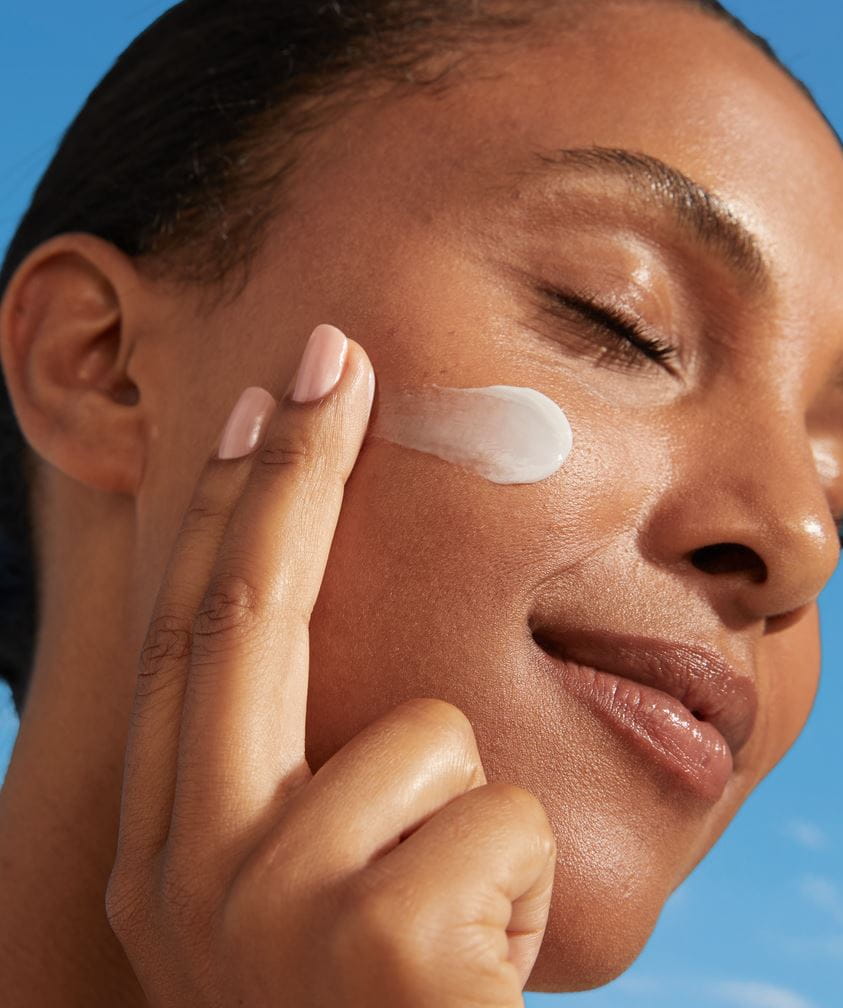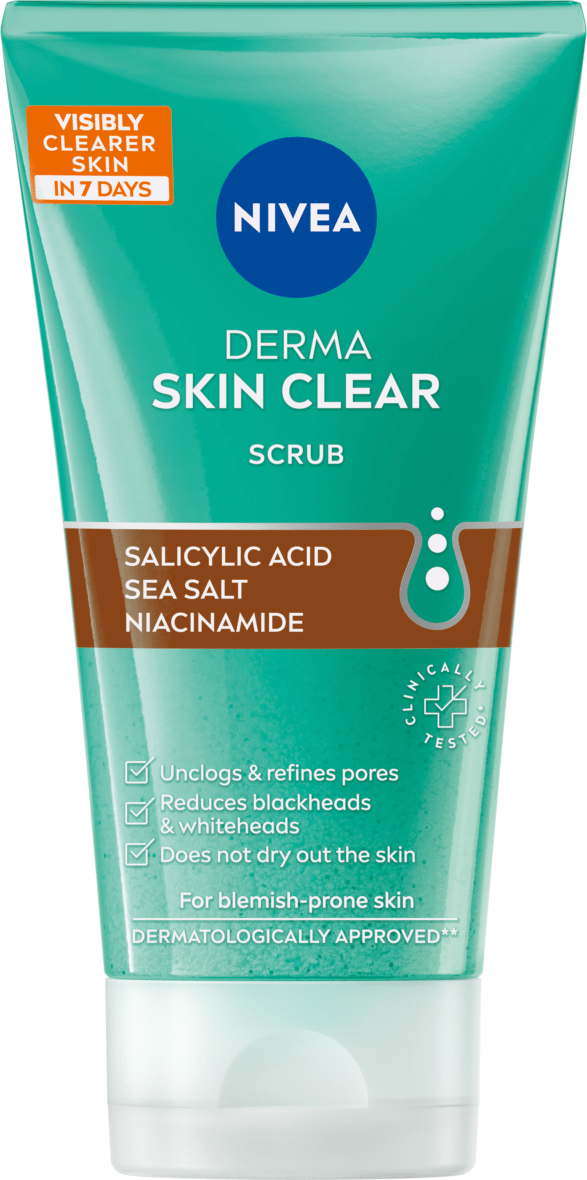
Can You Get Rid of Milia?
Learn about treatments to get rid of milia, tips to protect the skin and an adapted skincare routine for skin prone to milia grains.
Milia, also known as milia grains, due to their grain-like appearance, are small, white or yellowish bumps that appear on the face and body. One of the most common areas for milia to appear is the area around the eyes.
Unlike whiteheads or acne, milia aren't caused by sebum clogged pores or bacteria but by trapped Keratin and dead skin cells under the skin.
Unlike whiteheads or acne, milia aren't caused by sebum clogged pores or bacteria but by trapped Keratin and dead skin cells under the skin.
What Causes Milia?
Can Milia Disappear on Their Own?
Milia can sometimes disappear on their own without treatment. This occurs when trapped dead skin cells gradually make their way to the skin's surface and shed naturally.
This process can take some time, but can be helped by the use of a proper skincare routine including exfoliants.
Persistent milia may require professional intervention. Dermatologists can use treatments or perform interventions to remove stubborn milia.
This process can take some time, but can be helped by the use of a proper skincare routine including exfoliants.
Persistent milia may require professional intervention. Dermatologists can use treatments or perform interventions to remove stubborn milia.
How to Get Rid of Milia?
Milia Treatment and Removal:
Because milia grains are located under the skin, it's very difficult to remove them with cosmetic treatments. Their removal usually requires specialized treatments such as cryotherapy, laser surgery, dermabrasion, chemical peels and medication.
Skincare for Skin Prone to Milia
Although there are no cosmetic products specifically designed to remove milia, maintaining healthy skincare habits can support your skin’s overall condition. Milia often resolve naturally over time, but you can take steps to care for your skin and help prevent irritation or other skin issues.
Facts Overview
Milia
When to Consult a Dermatologist:
Milia often disappear on their own, or sometimes with the help of cosmetic treatments such as exfoliants. However, Individuals prone to scarring or with a history of keloids should seek professional help to minimise the risk of permanent skin damage.
Summary
Milia grains are small bumps, caused by trapped Keratin and dead skin cells under the skin. They generally require no treatment, but the skin will benefit from an adequate skincare routine including daily cleansing, gentle regular exfoliation, and sun protection to prevent skin thickening. Avoiding squeezing is crucial to prevent complications like infection and scarring. Consulting a dermatologist for persistent cases ensures safe treatment with specialised products such as Salicylic Acid or Retinoids or the means to remove them. By following these steps, you could effectively manage milia and maintain clear, healthy-looking skin.







.jpg?rx=0&ry=744&rw=2806&rh=1557&hash=A0003997F2ABD9BF88655CFA3DE3D214)
